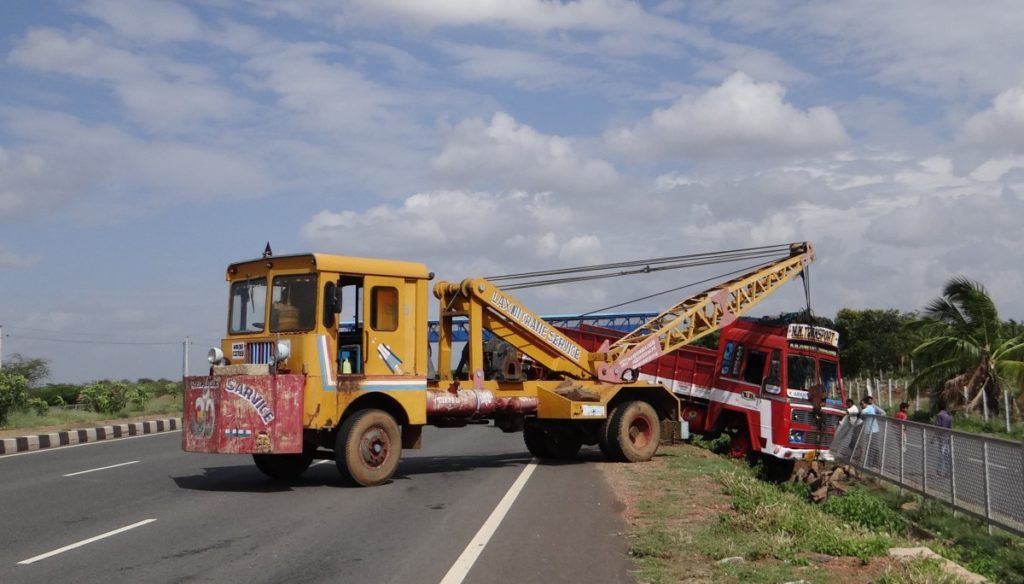Three focuses of my blog are Financial Literacy/Money, Business/Entrepreneurship and Technology. If you’re running a business or organization, you must think about protecting your data and back it up, even if you have cloud storage. The following sponsored post is entitled, How Does Cloud Disaster Recovery Service Work?
* * *

How does cloud disaster recovery service work? This article explores cost-effectiveness, scalability, compliance requirements, and SLA. The benefits of cloud disaster recovery service may surprise you, and these benefits can help you determine if it’s the right choice for your business. To help you make the right decision, consider four questions before selecting a cloud DR service. This article was written for business owners looking to save money and applies to individuals.
Cost-effectiveness
A cloud disaster recovery service like https://portworx.com/kubernetes-disaster-recovery/ is a smart choice for businesses that need to bounce back from a cyber-attack or ransomware attack. Cloud backup helps minimize the time it takes to get back online, and it can also reduce the overall cost of a system failure. Unfortunately, while most companies recognize the need to use a disaster recovery service, only a tiny percentage of them do so. However, the benefits of this service far outweigh any cost.
The cost-effectiveness of a cloud disaster recovery service depends on many factors. Several factors to consider, such as the level of protection the service offers, its scalability, and the TCO of dedicated DR infrastructure. Some cloud DR providers have several tiers, and some are better suited for specific data types than others. As a result, a cost-effective cloud disaster recovery service will serve a wide variety of data loads, and it may even be more suited for some companies than others.
Scalability
With cloud disaster recovery, your organization can get the scalability and flexibility needed to meet its current and future recovery needs without causing a significant resource drain. Depending on your needs, a cloud DR service may include some or all of your organization’s infrastructure. In this case, your recovery provider should have options to tier the infrastructure with longer-term storage solutions. In addition, you can restore your data and infrastructure remotely.
To choose the right size, you need to determine how much capacity your business needs. There are two main ways to scale up or down. The former involves upgrading memory, storage, and processing power. A vertical approach to scaling usually has an upper limit, and rising beyond that can lead to downtime. The latter method involves:
• Adding more servers.
• Spreading the workload across these machines.
• Enabling scalability to meet your needs without significantly impacting performance.
Compliance requirements
A cloud disaster recovery service can protect your business’ data and resources, but how do you determine which one meets compliance requirements? This article examines the factors to consider when choosing a cloud DR service. To begin, select the type of data you’d like to protect. Do you need to protect sensitive data, or is it enough to ensure your business’s continuity? The answer to these questions can vary by industry and provider, but there are several key factors to consider when choosing a cloud DR service.
SMBs must adhere to specific regulations, such as the PCI DSS (Payment Card Industry Data Security Standard) and HIPAA (Health Insurance Portability and Accountability Act). The requirements vary, but they all require cloud backup solutions to be secure and encrypt data. Also, under HITECH (Health Information Technology for Economic and Clinical Health Act), cloud backup providers must sign a Business Associate Agreement (BAA) with their clients to provide backup services.
SLA
A good SLA for cloud disaster recovery service must specify what normalcy means to the customer. In other words, how quickly can the service be restored to the previous state? In short, what is a “recovery point objective”? This article will explore what that is and how you can find out if the provider is meeting its SLA. After all, when disaster strikes, you’ll want to know that you’ll be able to recover your data as quickly as possible.
When evaluating cloud disaster recovery service providers, it’s essential to look at SLAs for the different stages of the recovery process. For example, continuous replication is critical in cloud disaster recovery as a failure during the replication process could compromise the integrity of your standby backup system, thereby inhibiting the recovery process. So, in addition, continuous replication should be included in the SLA.


